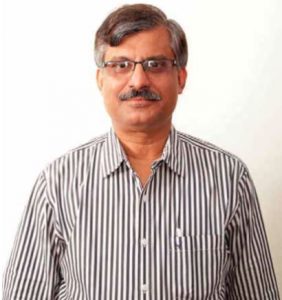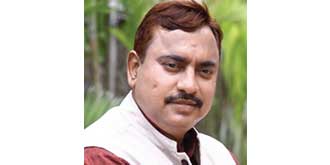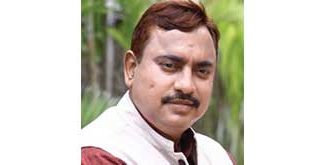
High blood pressure is a major public health problem. Normal blood pressure is defined as blood pressure of less than 120/80mm of Hg. High blood pressure leads to heart attack, stroke, heart failure and kidney failure. Cardiovascular mortality is also increased.
To prevent these complications it is essential to keep the blood pressure below 140/90 mm of Hg. About 40% of the adult urban population and 20% of the adult rural population in India have high blood pressure requiring long term treatment. Unfortunately majority of these patients have uncontrolled blood pressure leading to serious consequences.
Blood pressure remains uncontrolled as most patients do not want to take medicines for years. Many stop the medicines because of financial reasons or side effects of medicine. However, a large number of these patients can keep their blood pressure under control without medicines, by changing their lifestyle only.
Weight gain leads to rise in blood pressure. Weight gain in childhood leads to high blood pressure in teens and early twenties. Weight loss in these persons reduces blood pressure. Ideally body mass index (BMI is measured as weight in kilogram divided by height in meter square) should be less than 23. Weight loss of 10kg leads to blood pressure reduction of 5 -20 mm of Hg.
Traditional Indian diet does contain lot of salt. Reducing salt intake from 12gm per day to 3gm per day can reduce heart attacks and strokes by 30%. Salt restriction leads to BP reduction of 2 – 8mm of Hg. Foods that contain a large amount of salt are pickles, sauces, ketchups, chips, salted biscuits, salted butter, bread, canned food, fast food, soups, cheese, muri, chanachur etc.
Diets rich in potassium reduce blood pressure. Foods such as banana, grapes, orange, spinach, potato, dried beans, chickpeas contain potassium.
Green coconut water also contains potassium. INTERHEART study recommends that we should take 400-500 gram/day of fresh vegetables and fruits. Unfortunately the national average is 150 gram/day.
Diet should also contain adequate whole grains and fibres. Intake of saturated fat( usually solid at room temperature) , trans fat(present in bakery products) and total fat should be minimized. Olive oil should not be used in Indian style cooking as its beneficial properties are lost when subjected to high temperatures. Groundnut oil and mustard oil are good Indian equivalents of olive oil. Traditional Indian practice of rotation of oils in cooking is beneficial. Proper diet can reduce blood pressure by 8-14mm of Hg.
Alcohol increases blood pressure. Moderation in alcohol intake reduces blood pressure in heavy drinkers by 2-4 mm of Hg. People who consume alcohol should minimize their consumption. People who do not drink should not start taking alcohol. The relationship between smoking and sustained high blood pressure is not clear. Smoking a cigarette may transiently increase blood pressure. However, smoking increases the possibility of patient having a complication of high blood pressure.
Regular aerobic physical activity is good for health. Brisk walking, jogging or swimming can reduce blood pressure by 4-9 mm of Hg. Children or young adult should daily do at least 60 minutes of moderate intensity physical activity. Older adults should do at least 30 minutes a day for at least 5 days a week. All should be encouraged to walk, climb stair and use bicycle.
Psychosocial stress leads to high blood pressure. Therapies such as relaxation, meditation or biofeedback may reduce stress and blood pressure. Yoga and pranayama reduce blood pressure. Yoga has a positive effect on mood and anxiety.
Changes in lifestyle can reduce blood pressure by about 30 mm of Hg. This is equivalent to taking 1 or 2 medicines a day. Hence lifestyle changes should be the cornerstone of treatment of hypertension. Many patients can avoid taking medicines and others can reduce their pill burden.
However, individuals express a low desire or interest in changing their lifestyle. A sustained campaign and motivation will help improve the health conditions of the population.














